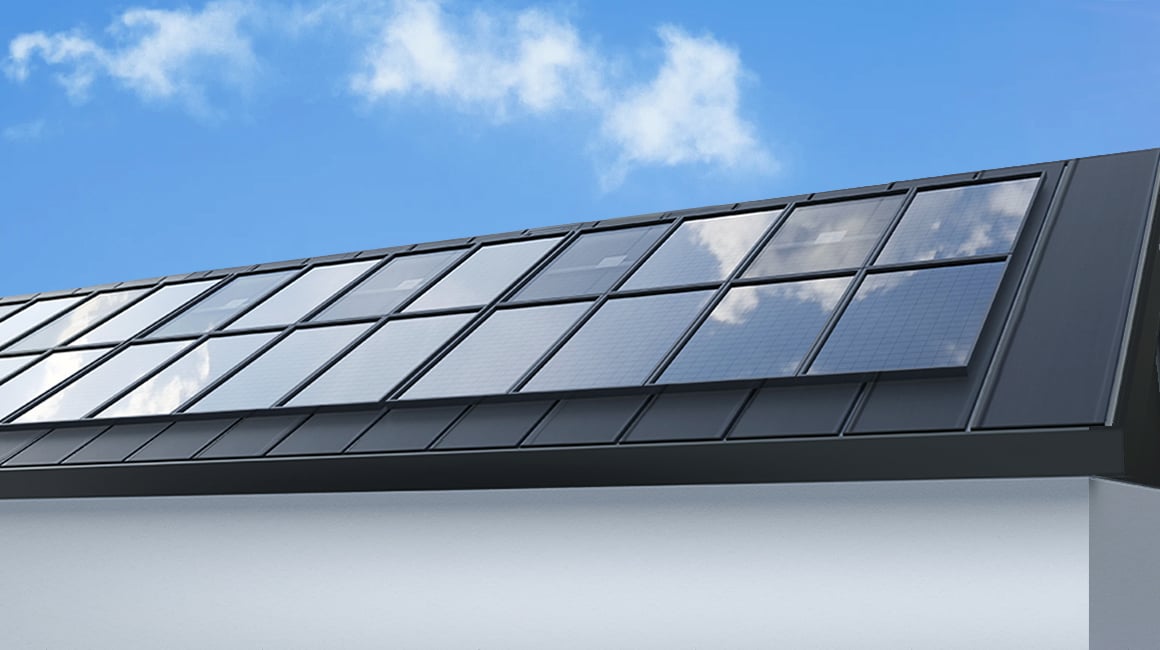As the world increasingly turns to renewable energy sources, solar energy conversion stands out as a pivotal technology. This process transforms sunlight into usable electricity, offering a sustainable solution to our growing energy demands. But what innovations are currently driving this field forward? Let’s explore the latest advancements that promise to enhance both efficiency and accessibility in solar energy conversion.

Understanding Solar Energy Conversion
At its core, solar energy conversion involves several key components, including photovoltaic (PV) cells, inverters, and energy storage systems. These elements work together to capture sunlight, convert it into electricity, and store it for later use. The efficiency of this conversion process is critical; higher efficiency means more energy harvested from the same amount of sunlight.
Innovations in Photovoltaic Technology
Recent advancements in photovoltaic technology have significantly improved the efficiency of solar panels. For instance, the development of bifacial solar panels allows for light absorption from both sides, increasing energy output. Additionally, the integration of perovskite materials into traditional silicon cells has shown promise in enhancing conversion rates. These innovations not only boost efficiency but also reduce the overall cost of solar energy systems.
- Bifacial solar panels capture sunlight from both sides.
- Perovskite materials enhance energy conversion rates.
- Advanced tracking systems optimize panel orientation.
Enhancing Accessibility Through Smart Inverters
Smart inverters play a crucial role in modern solar energy conversion systems. They not only convert DC electricity generated by solar panels into AC electricity for home use but also facilitate communication between the solar system and the grid. This capability allows for better energy management and integration of renewable sources into existing infrastructure. As smart inverter technology continues to evolve, it promises to make solar energy more accessible to a broader audience.
Energy Storage Solutions
Energy storage is another critical aspect of solar energy conversion. With the rise of battery technologies, such as lithium-ion and flow batteries, storing excess energy generated during peak sunlight hours has become feasible. This stored energy can then be used during periods of low sunlight, ensuring a consistent power supply. As these technologies advance, they will play a vital role in making solar energy a reliable option for all.
Conclusion: The Path Forward
The future of solar energy conversion is bright, driven by continuous innovations that enhance efficiency and accessibility. As we embrace these advancements, it is essential to consider how they can be integrated into our daily lives. By investing in solar technology and supporting policies that promote renewable energy, we can pave the way for a sustainable future.









